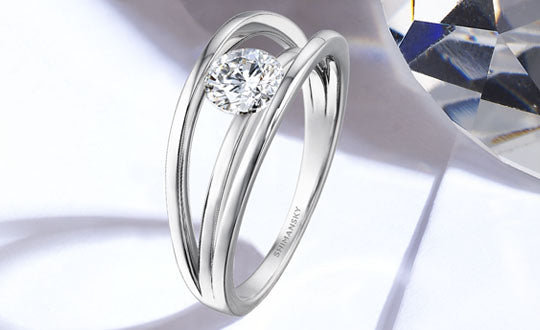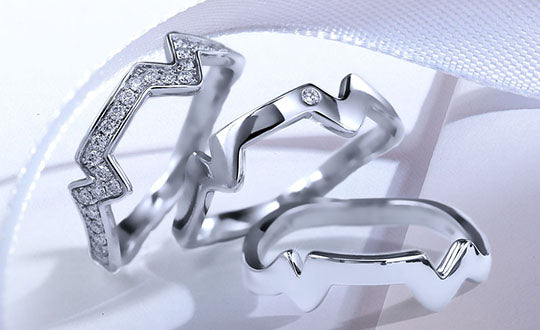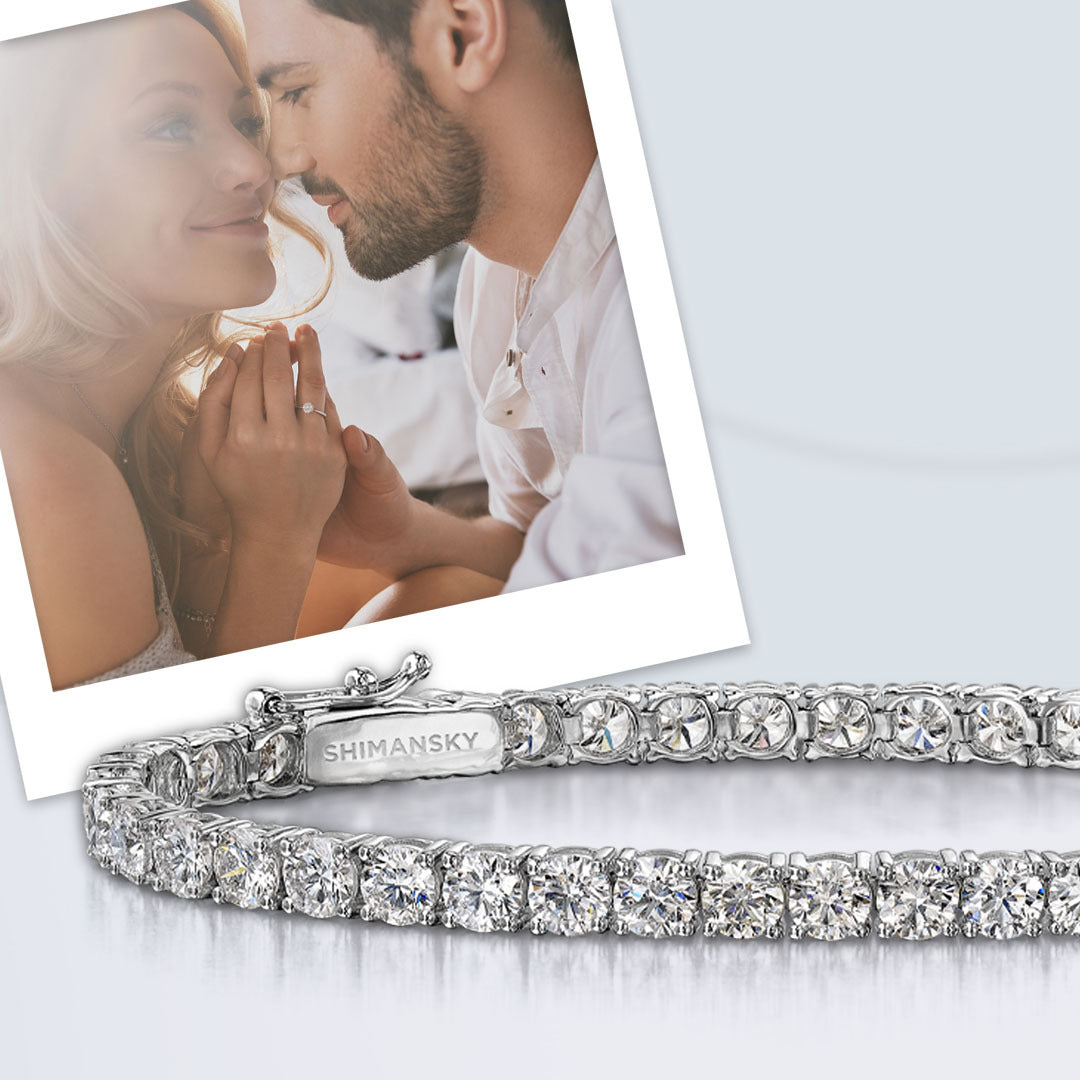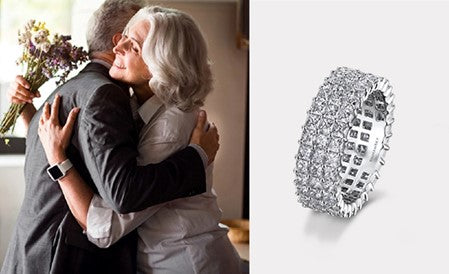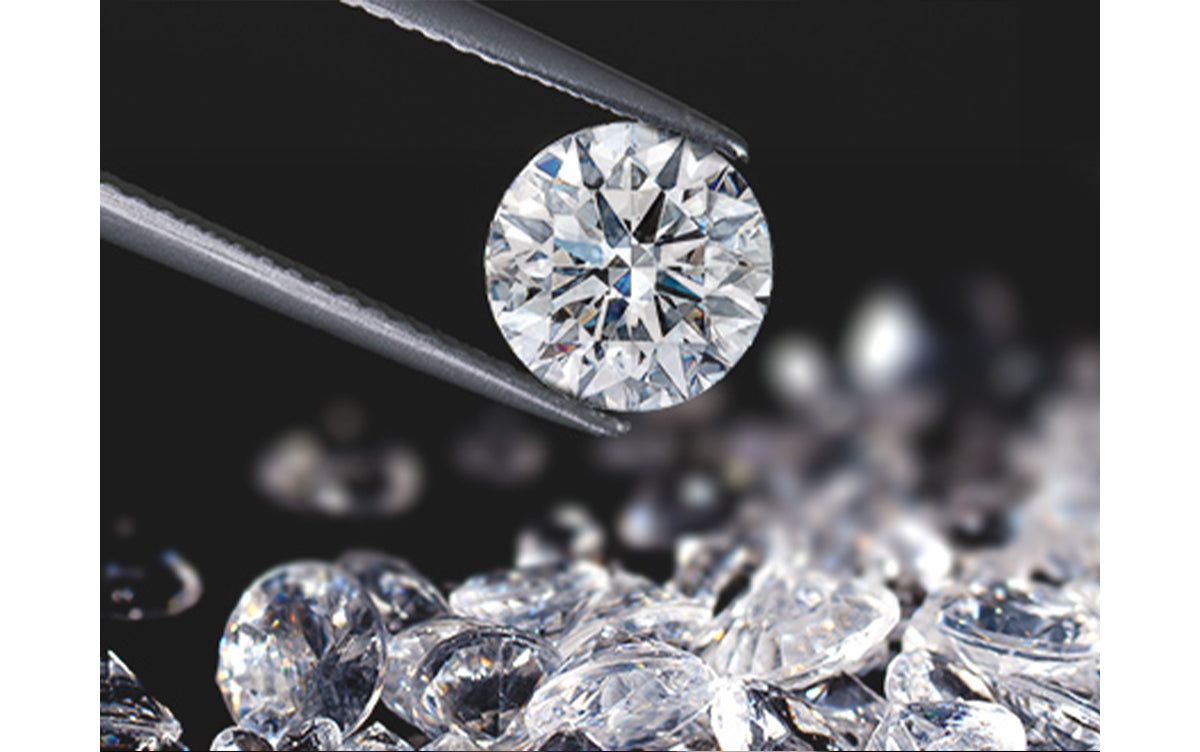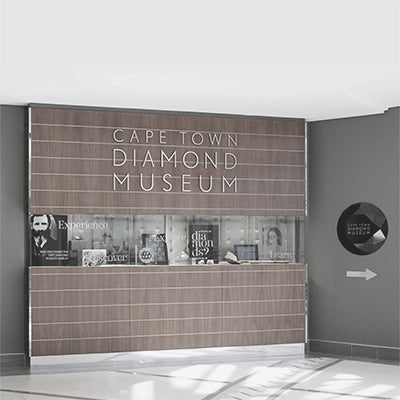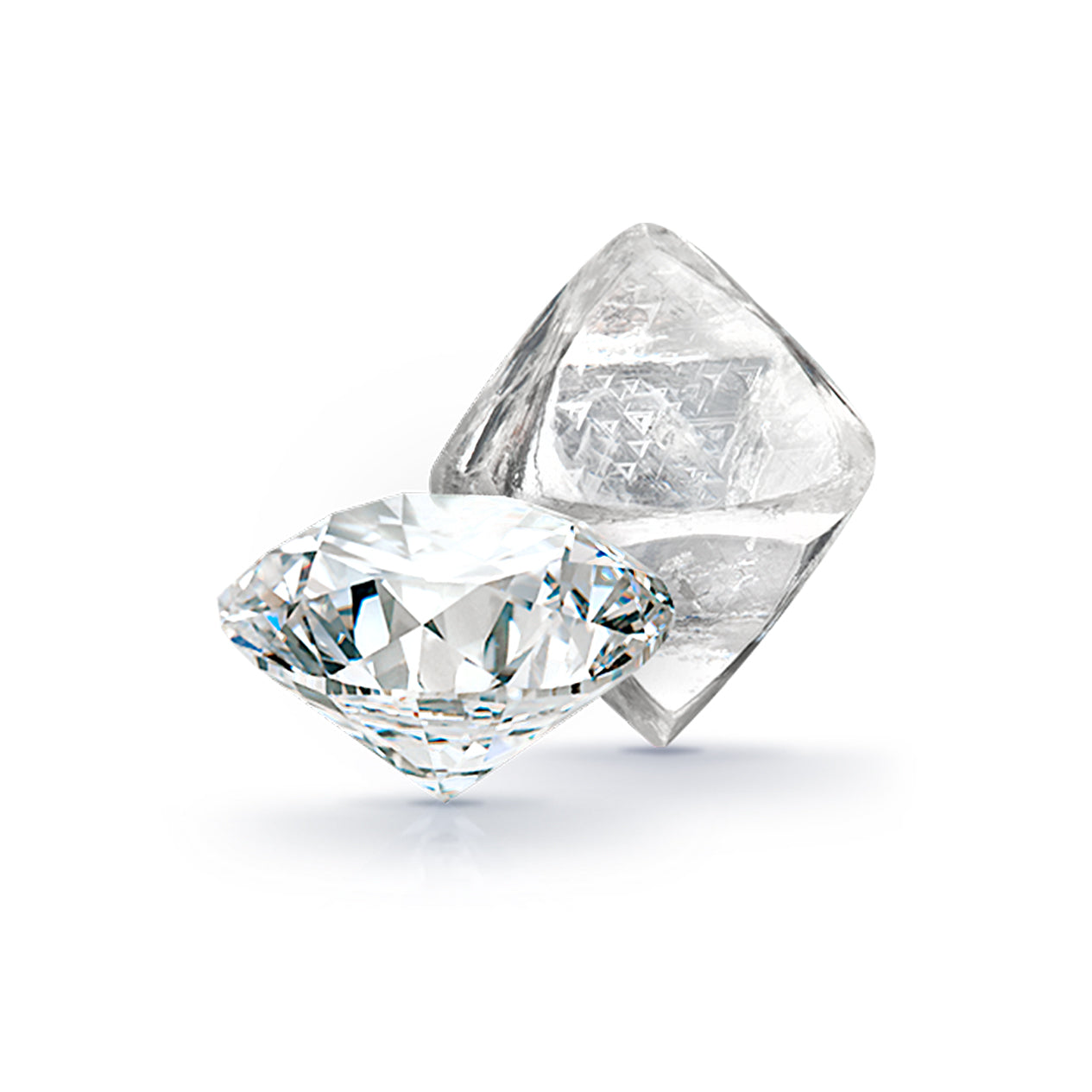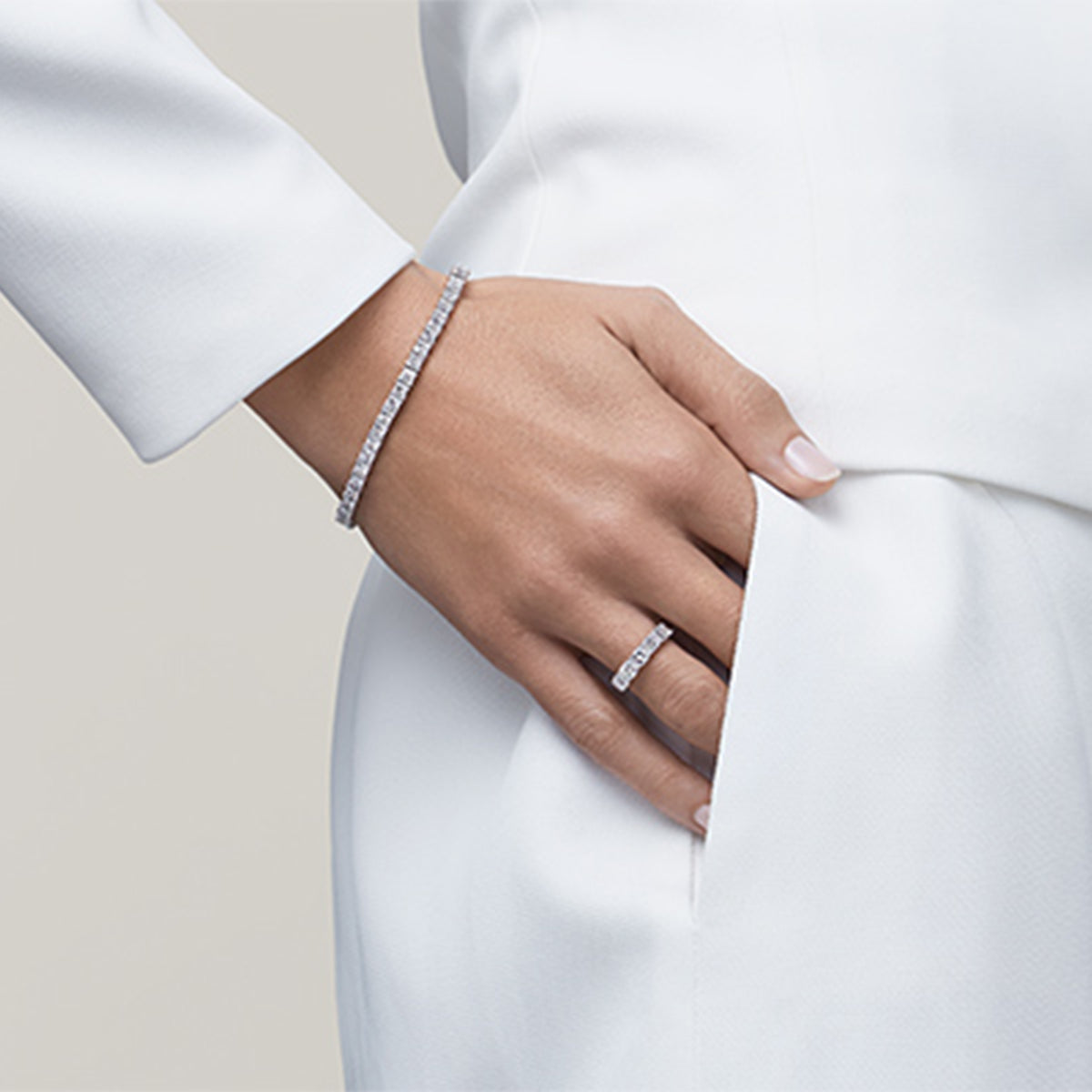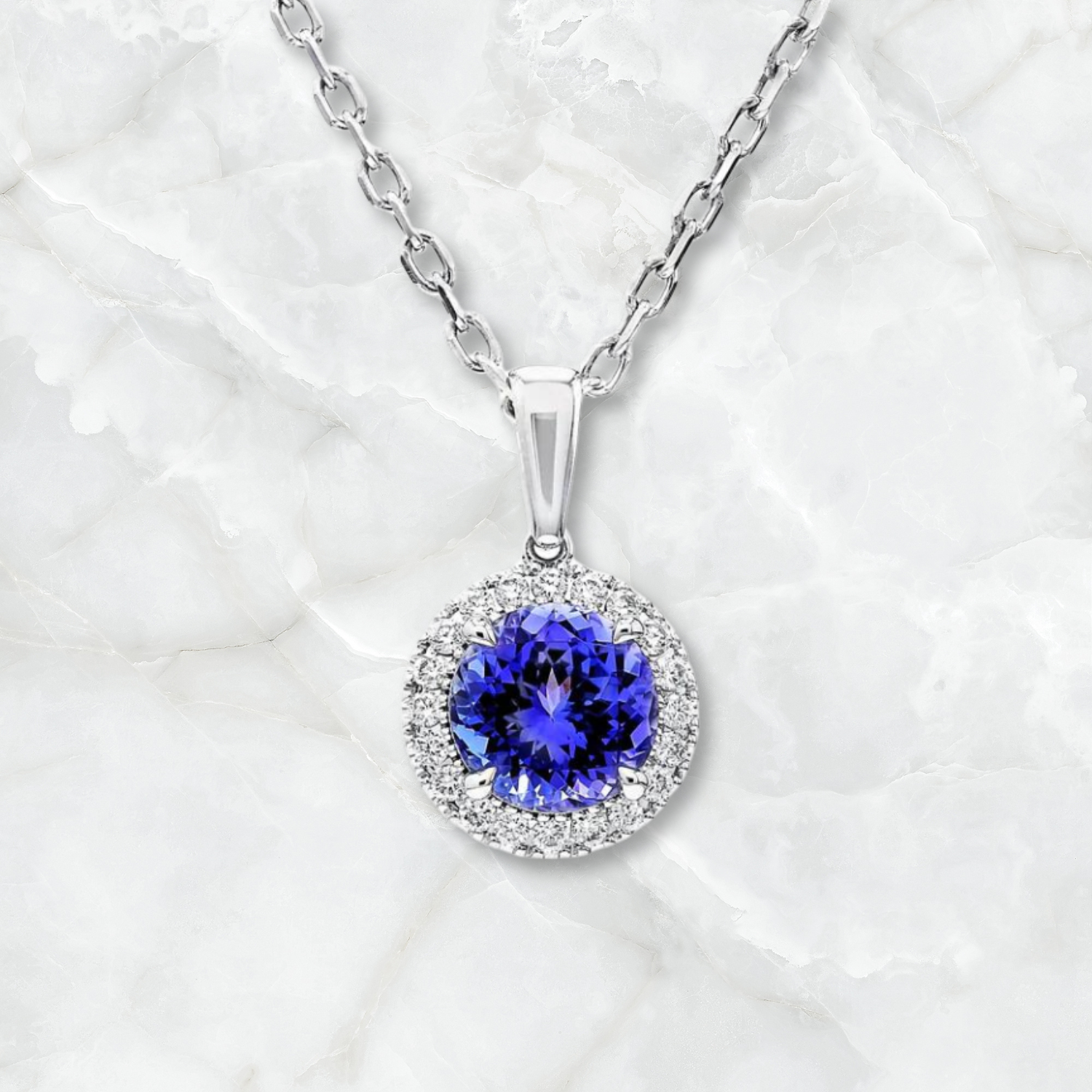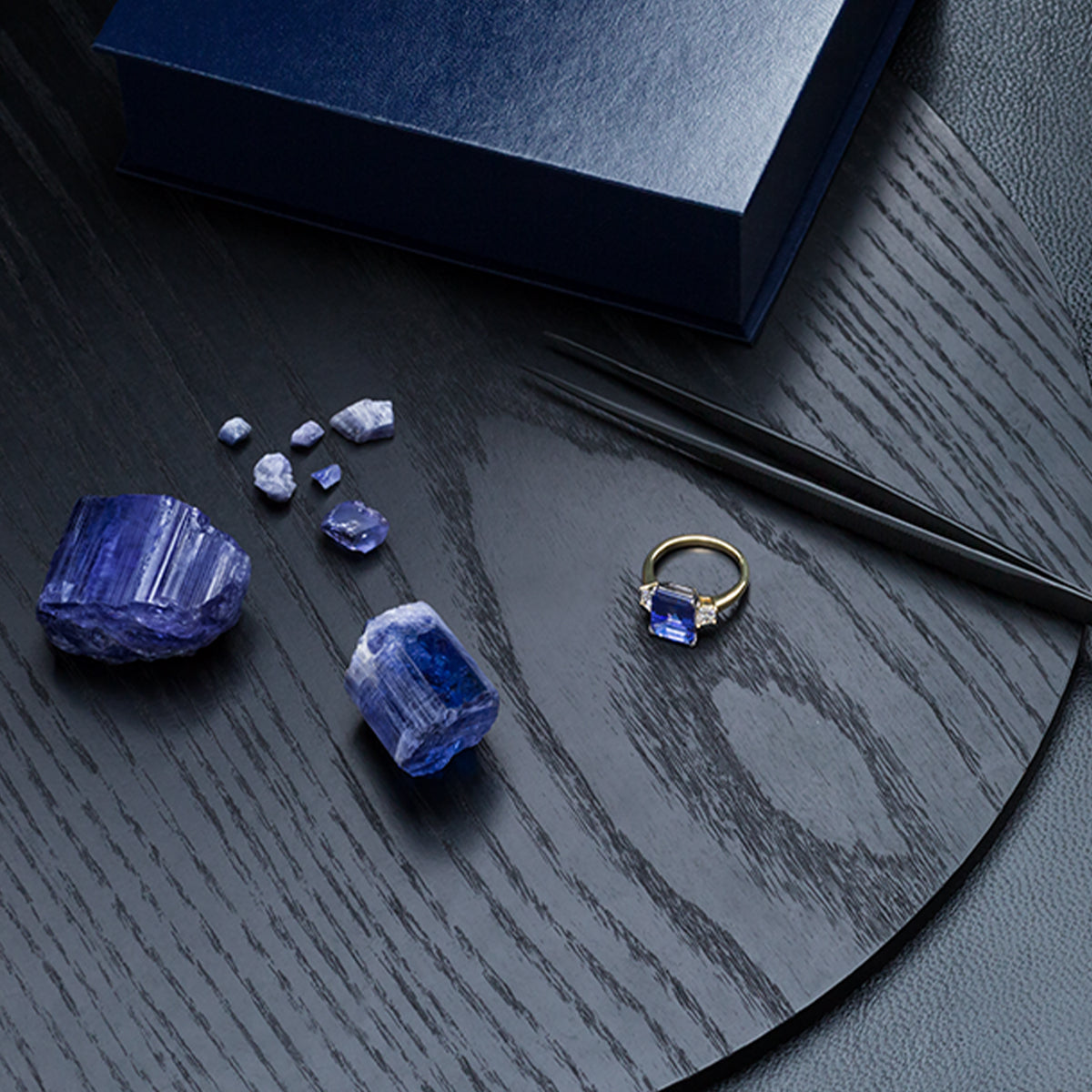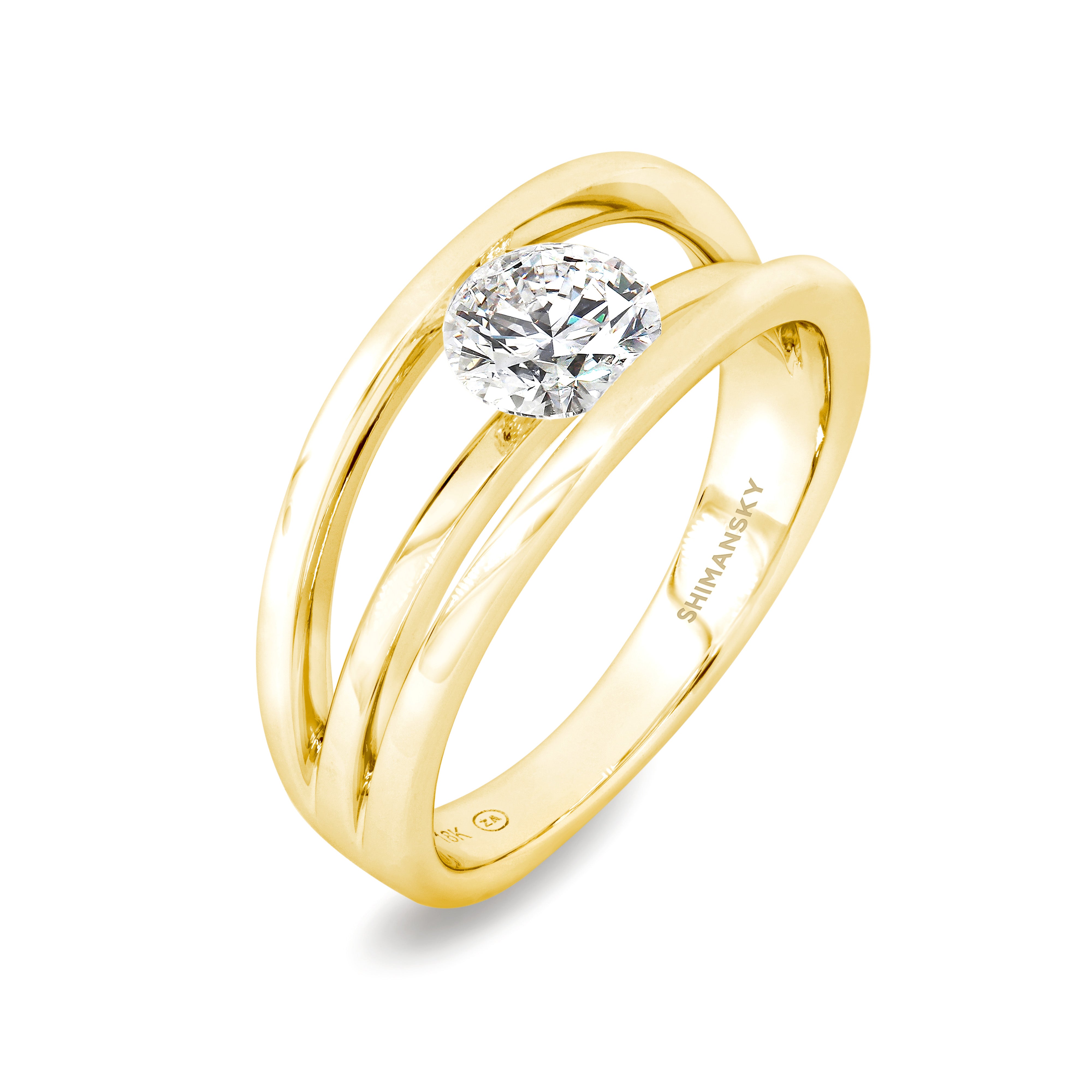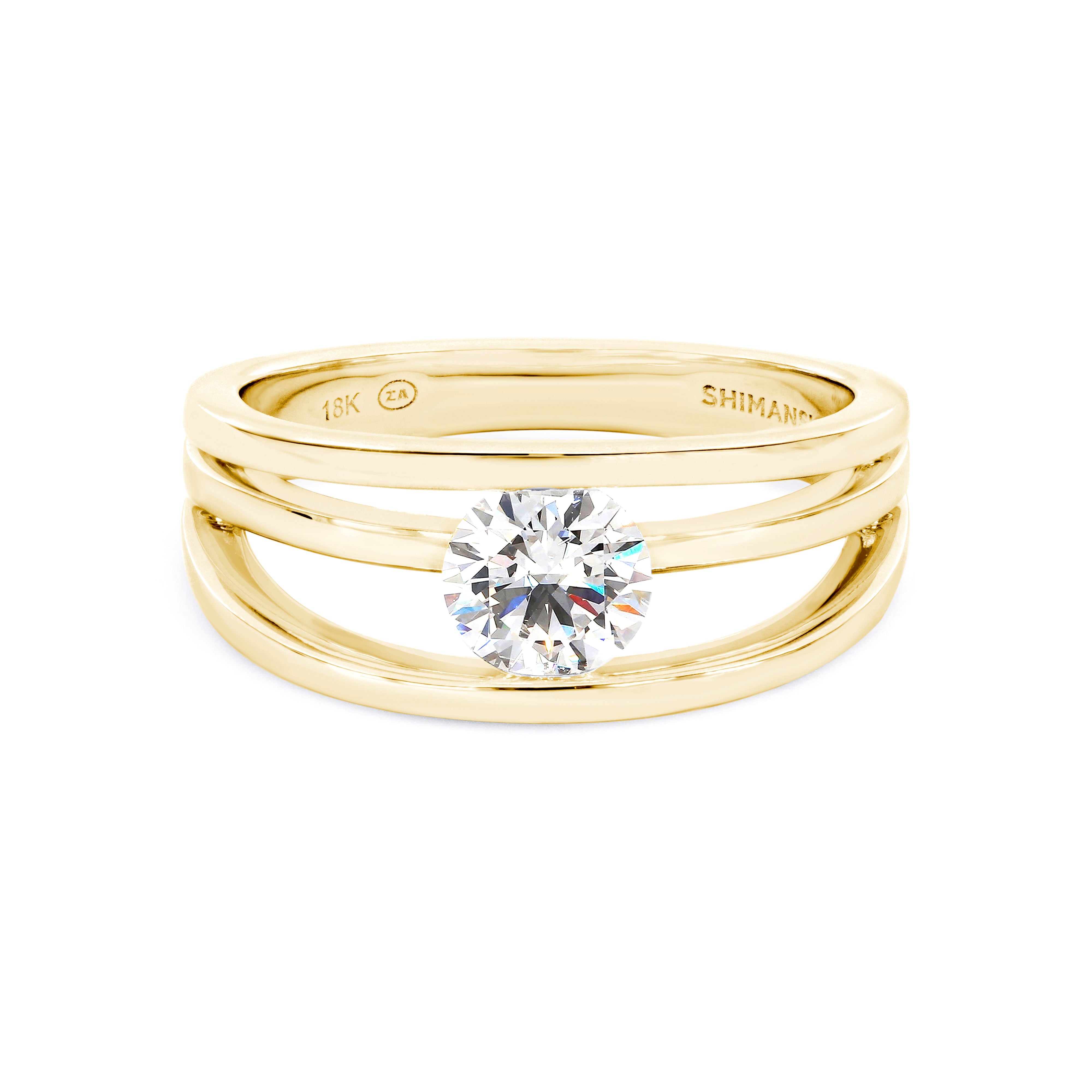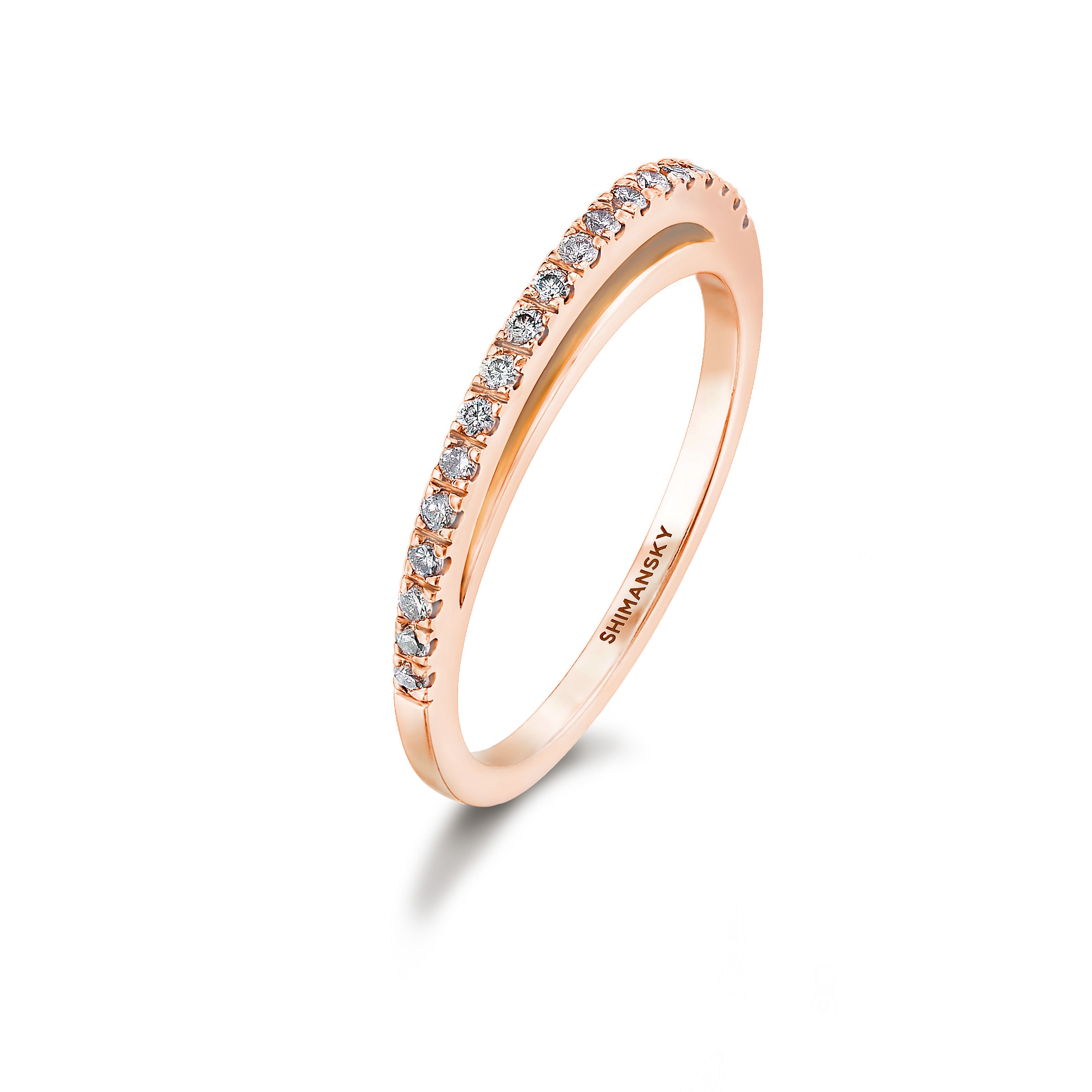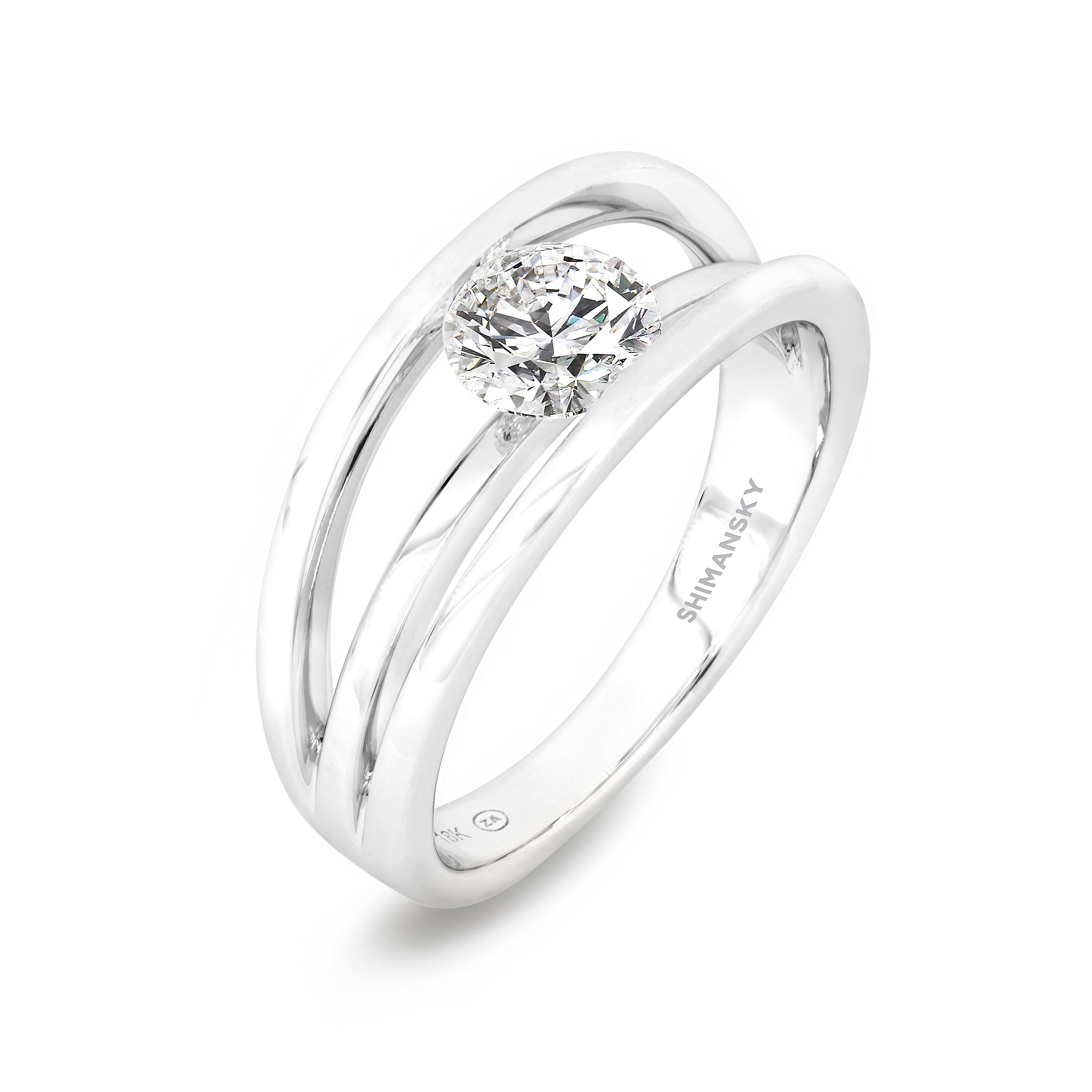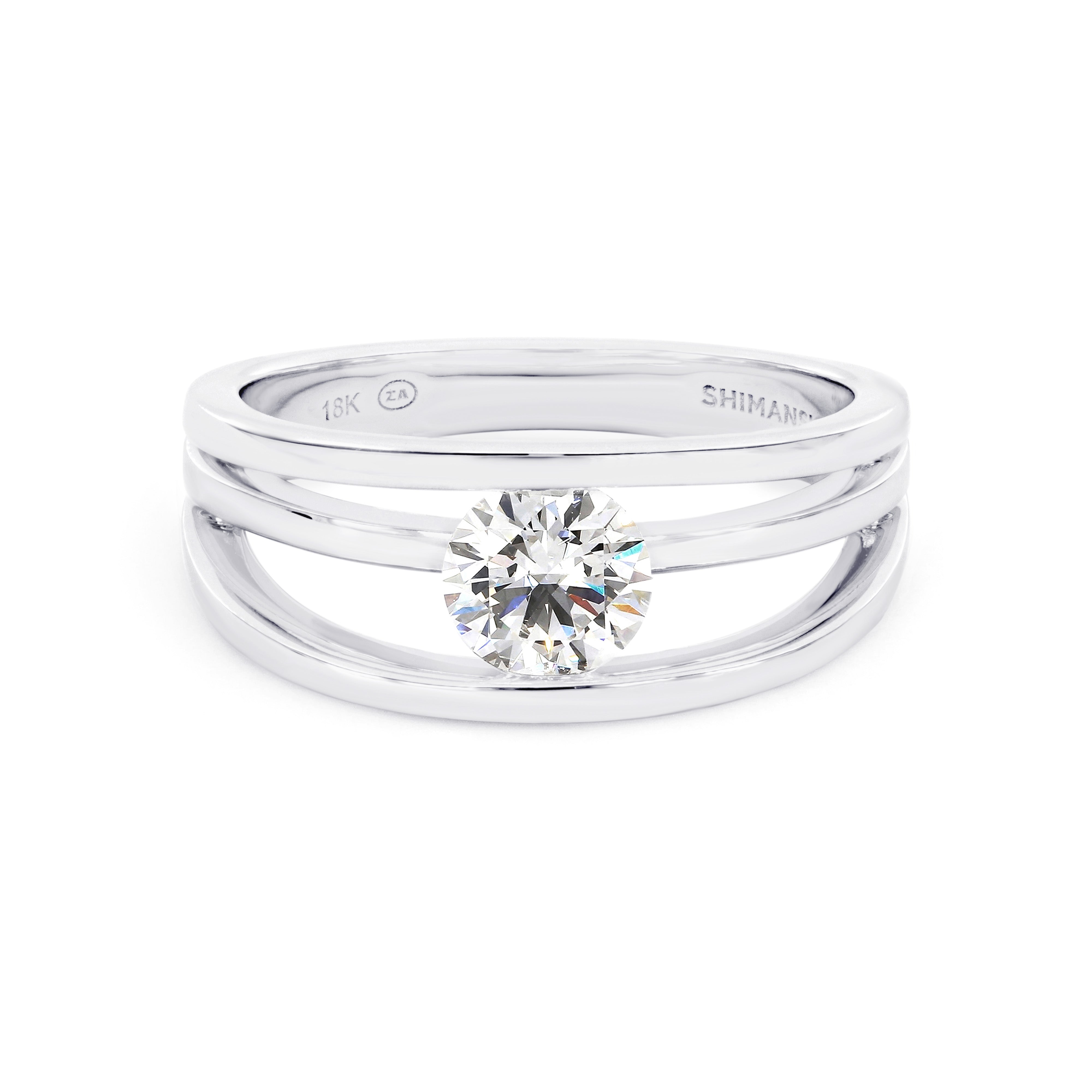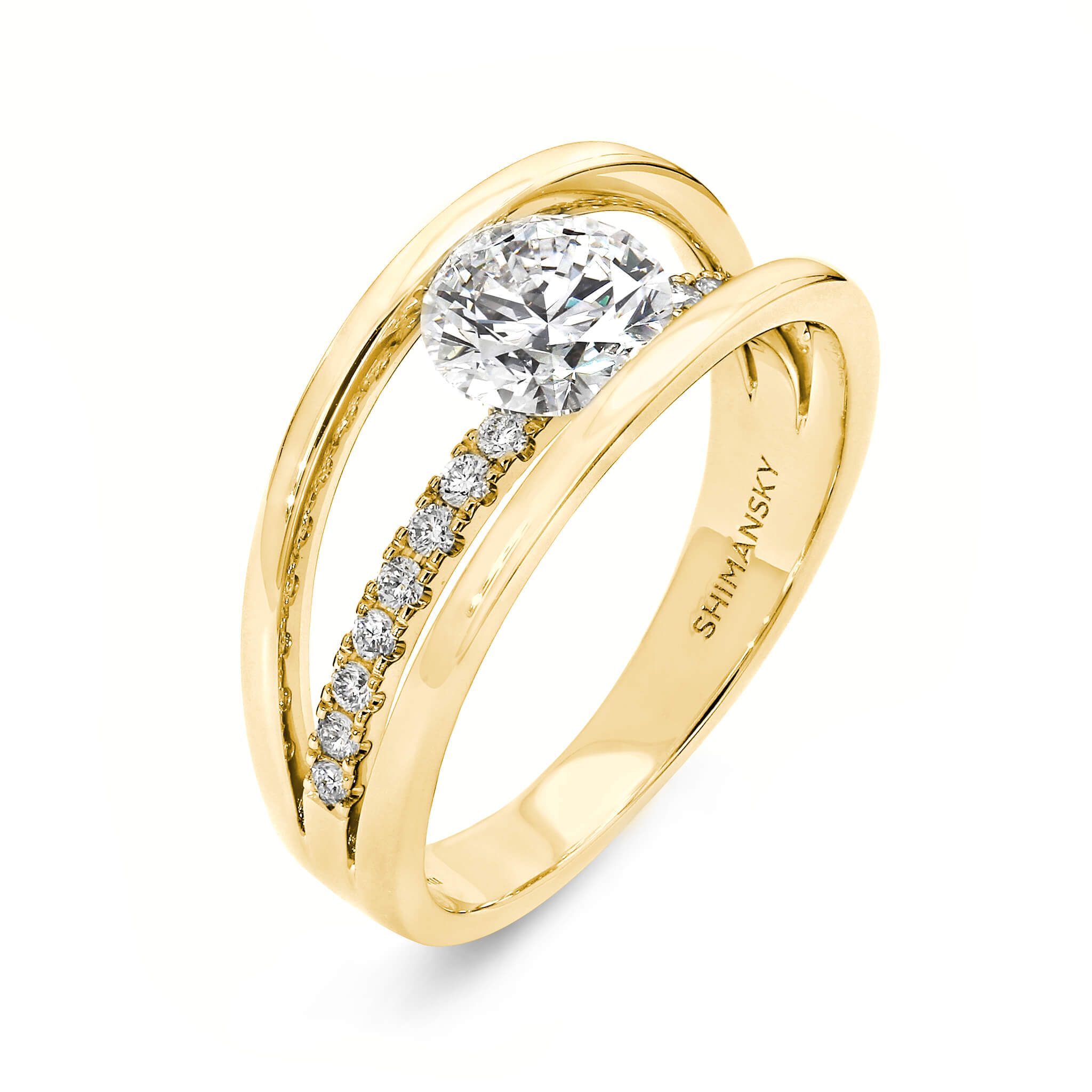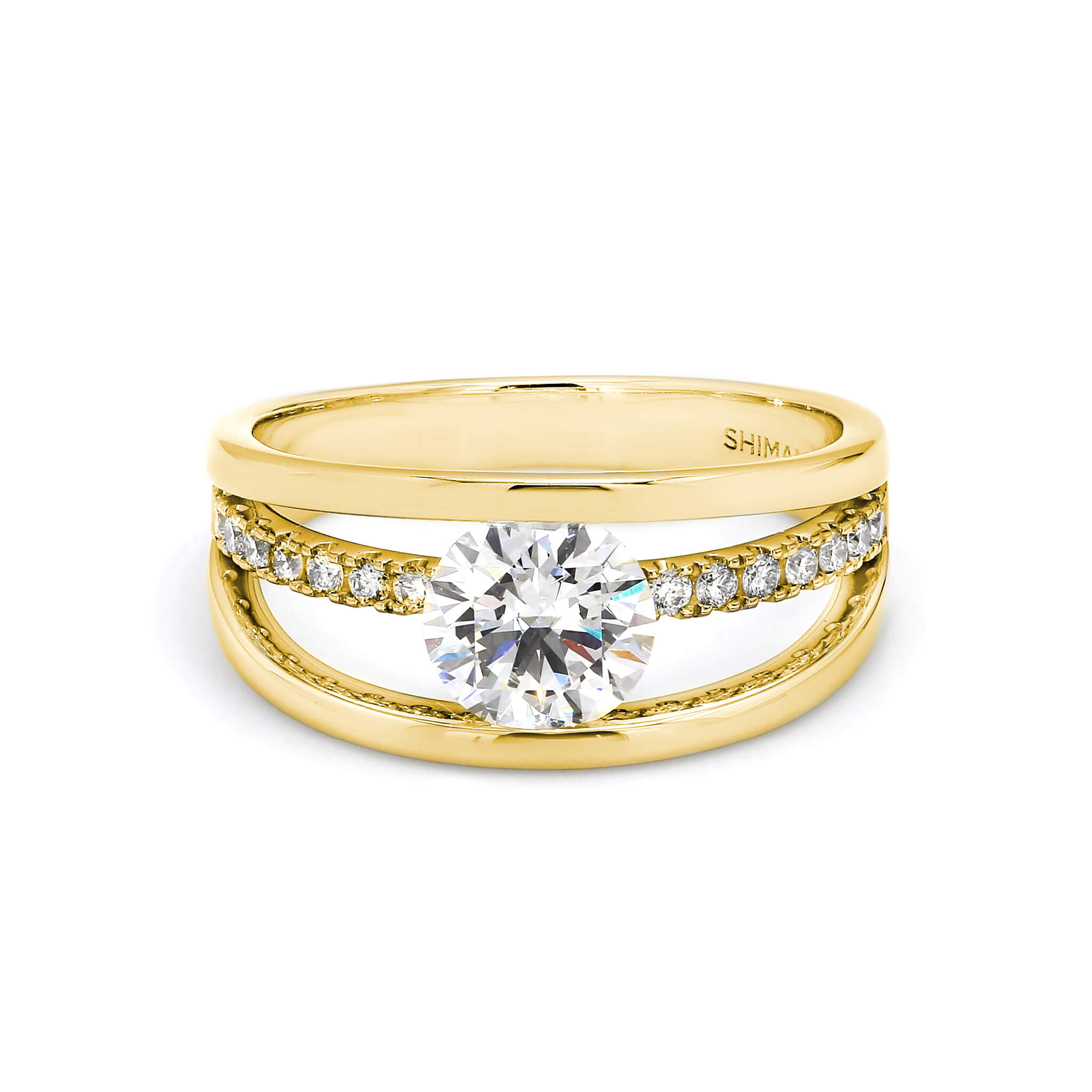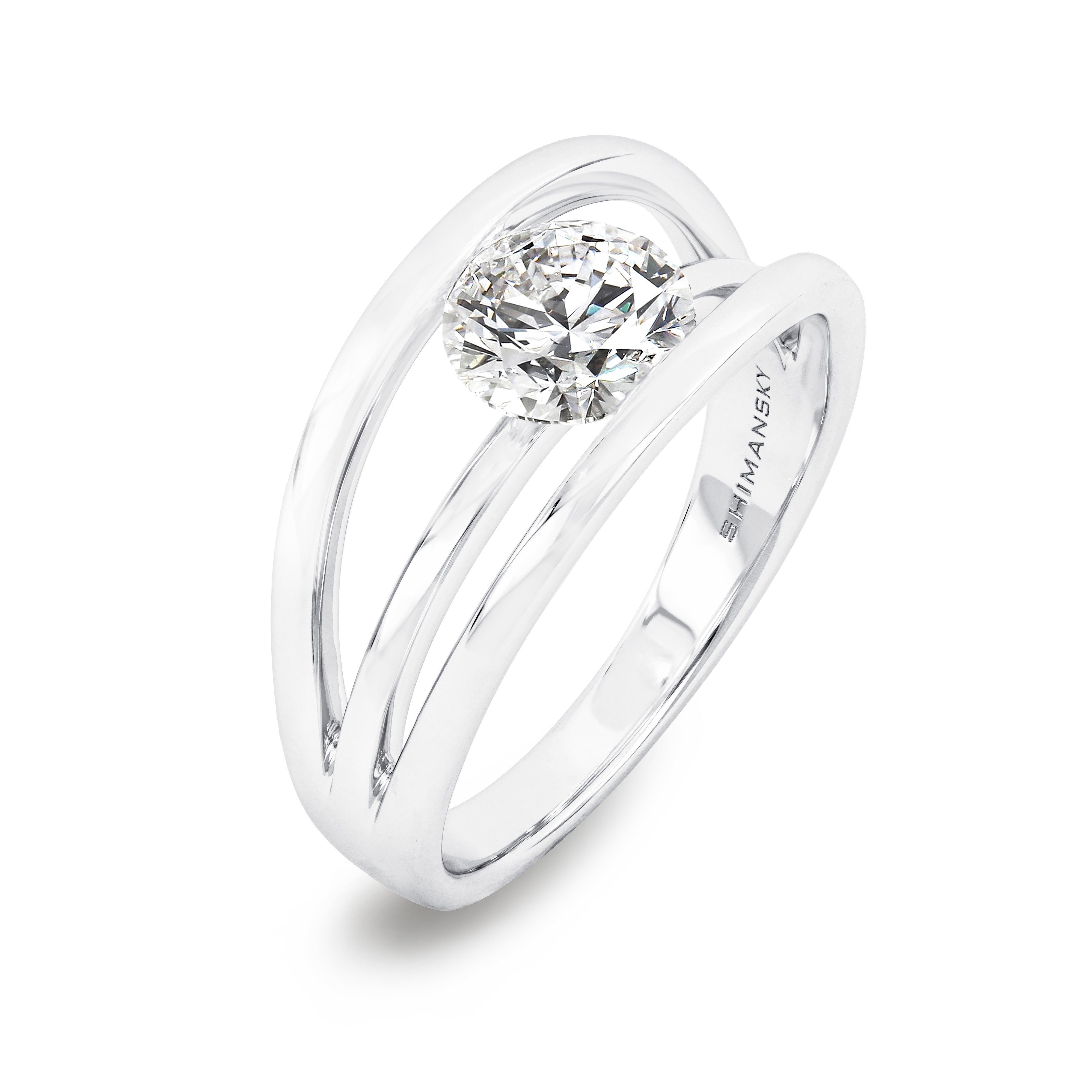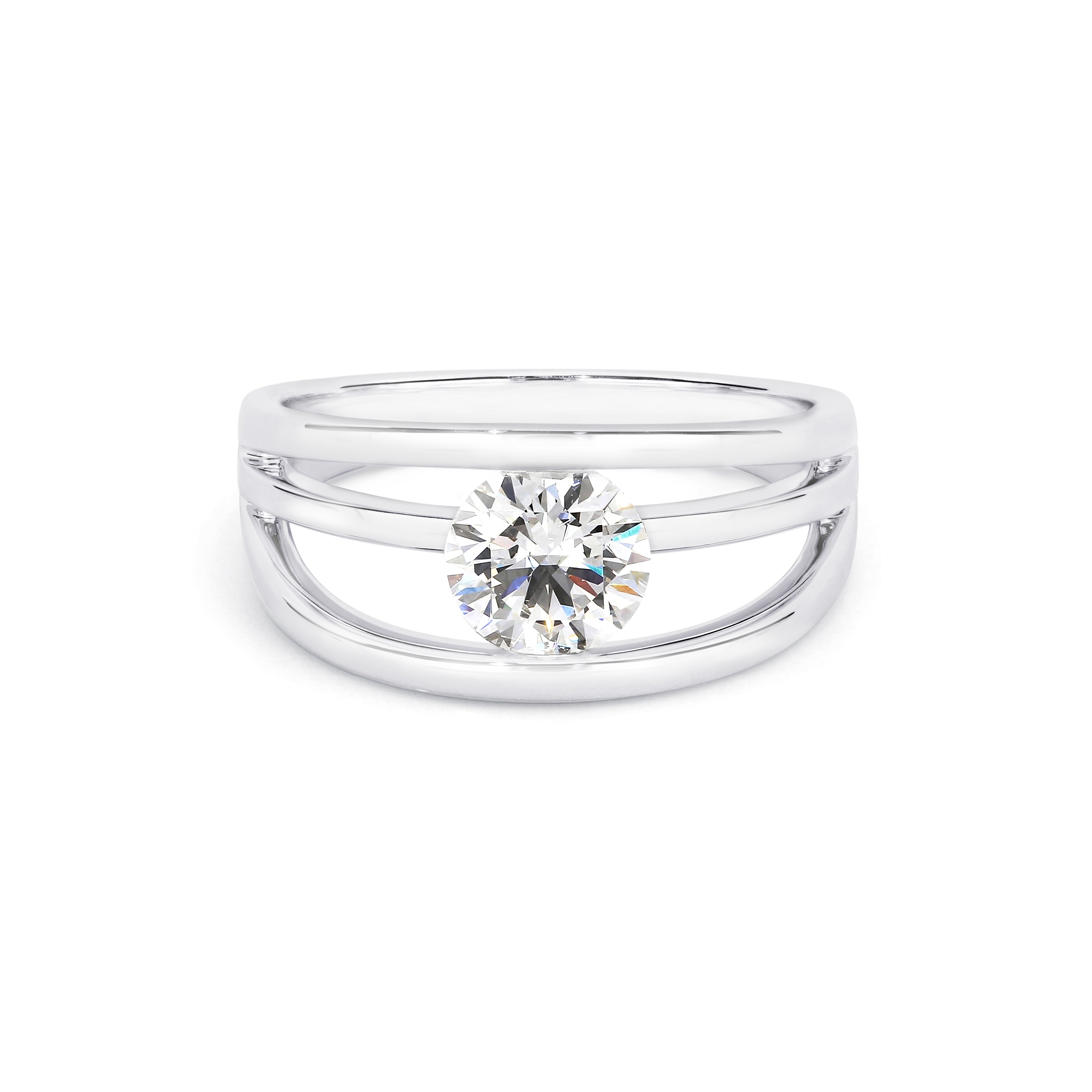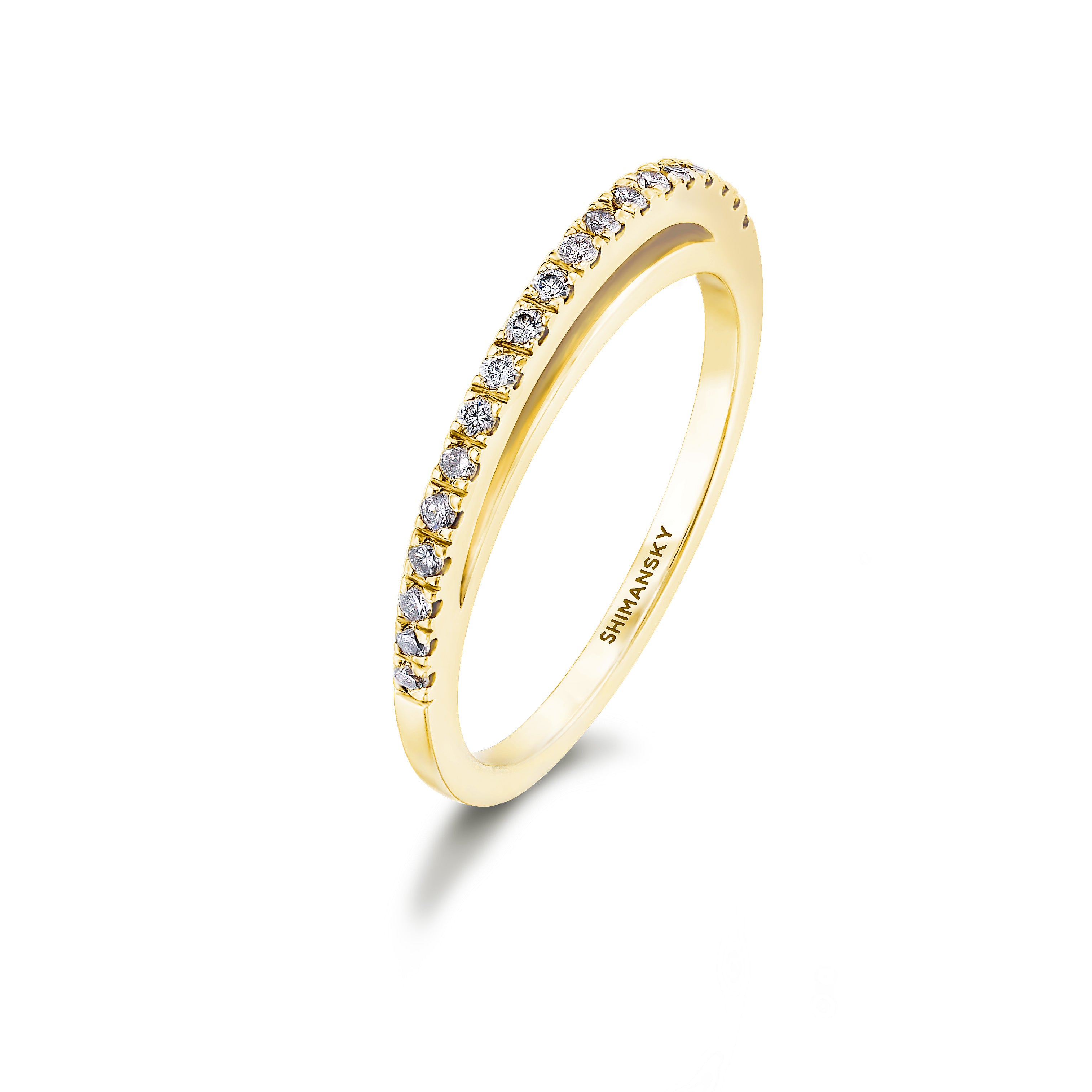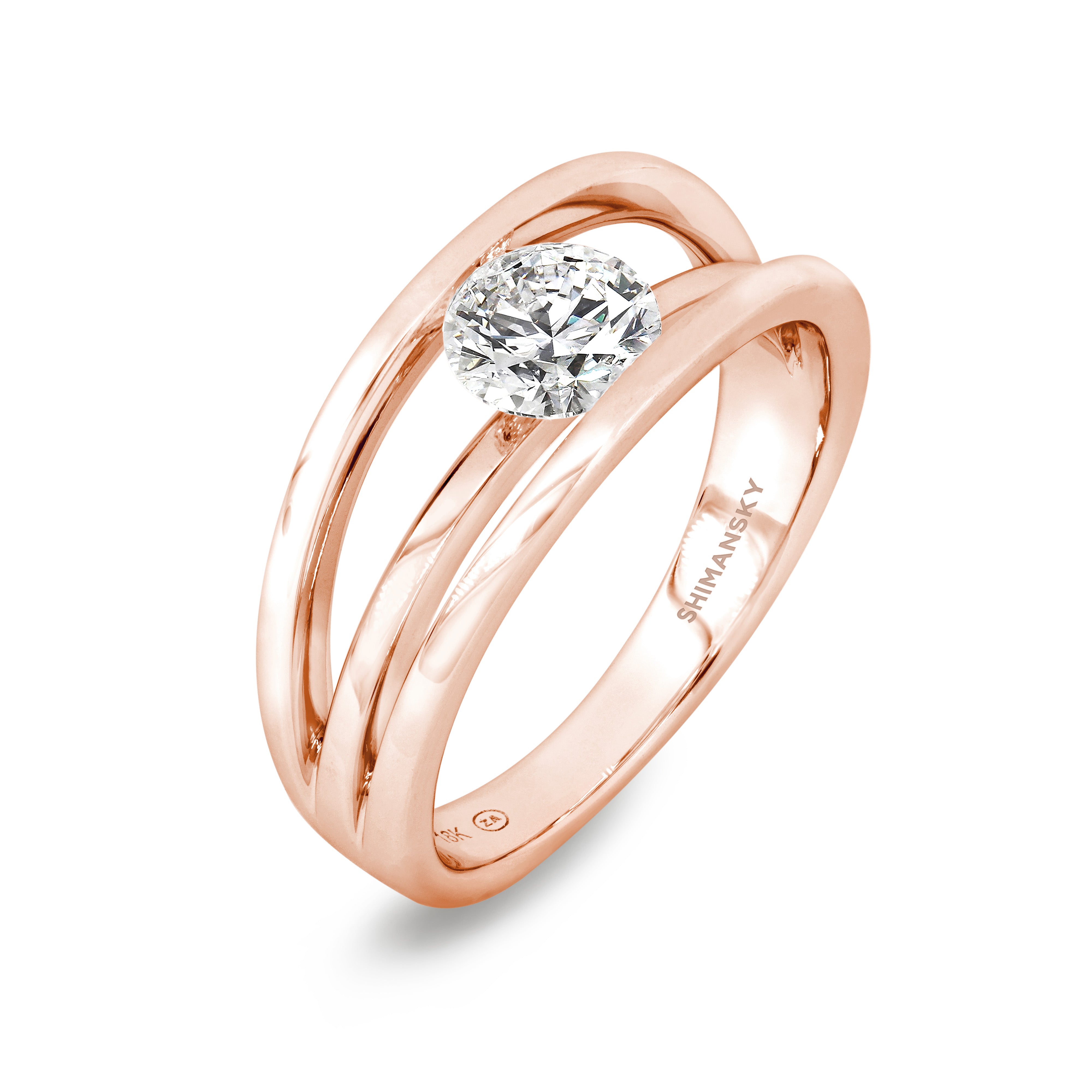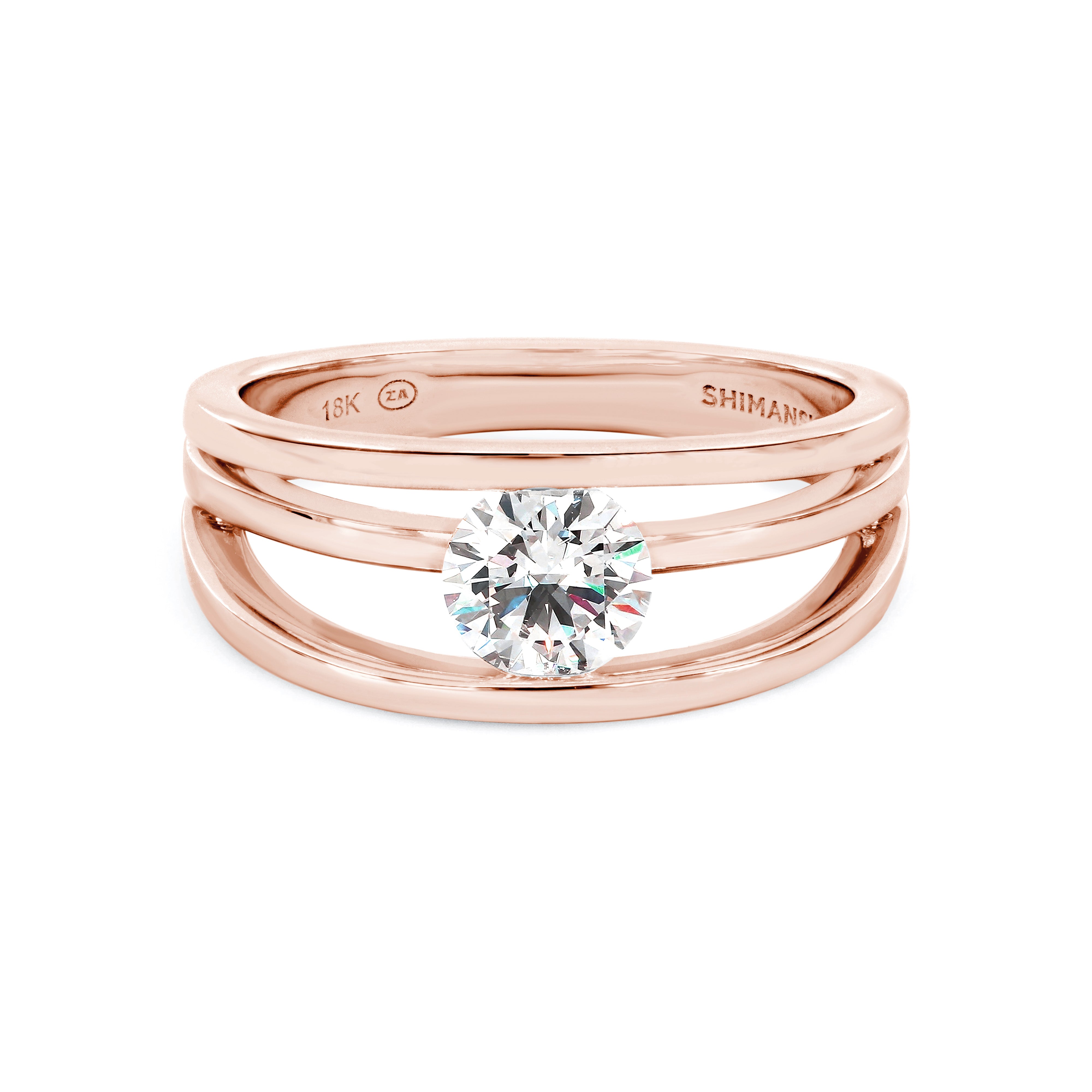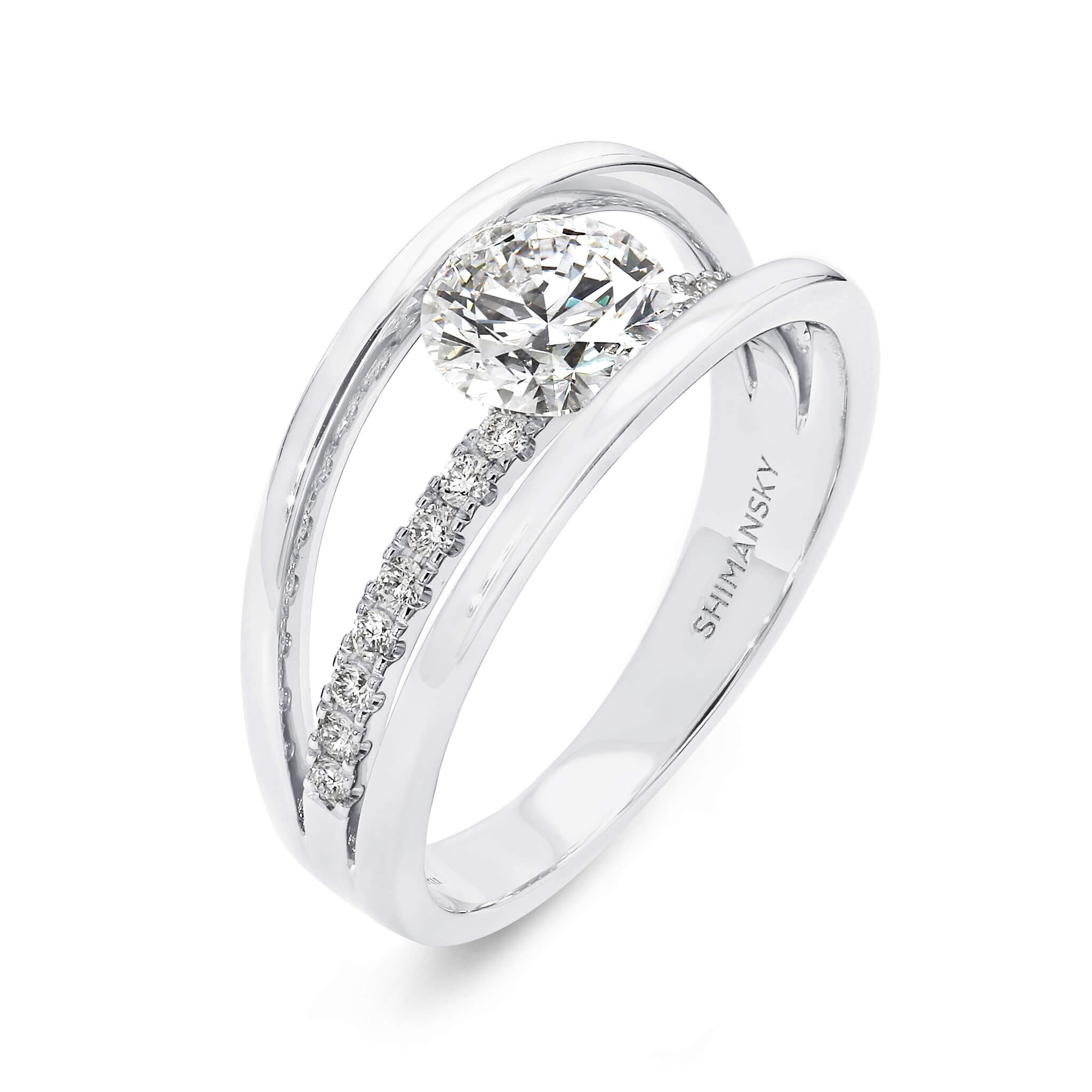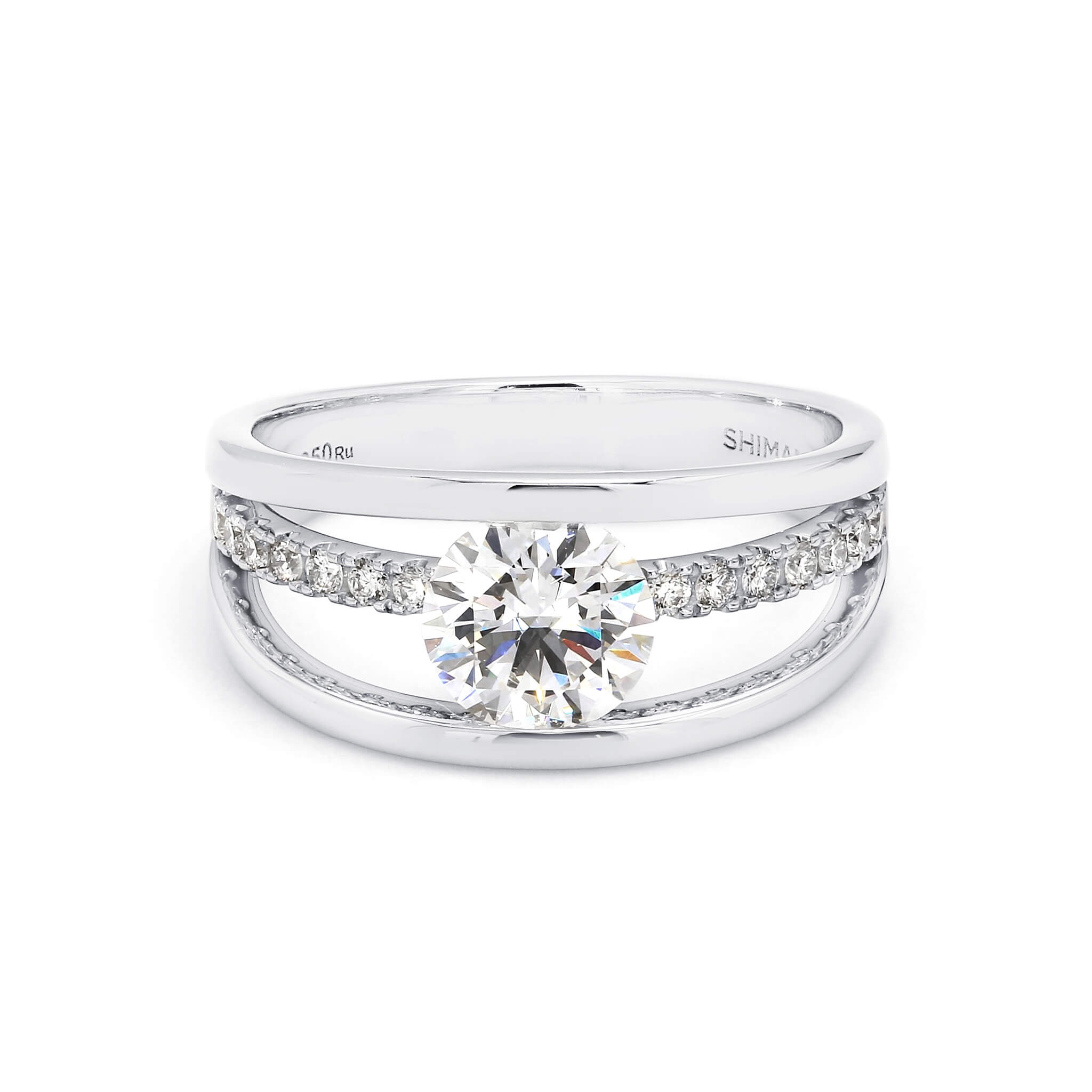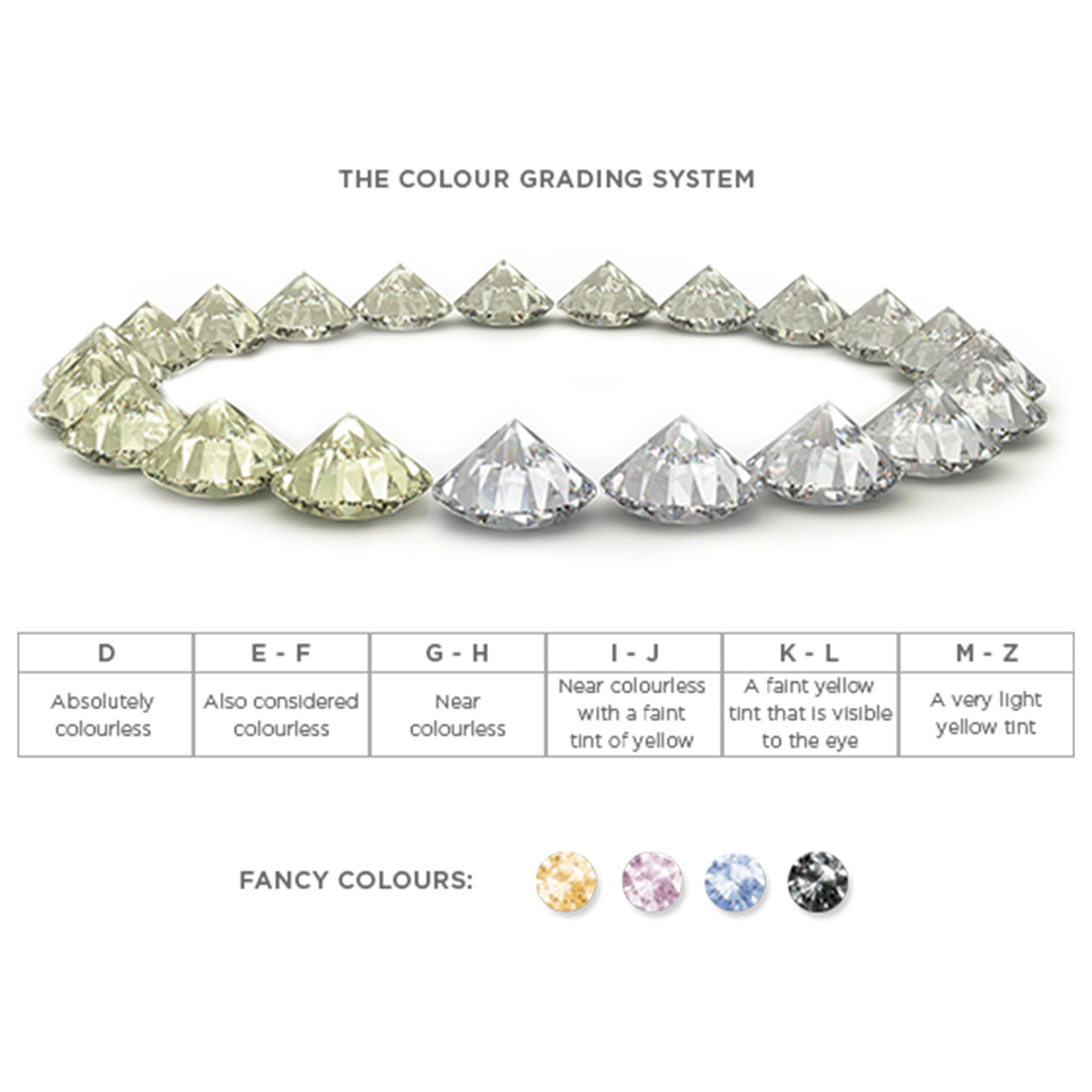
Diamond Colour
Diamonds come in different shades of colour and can range from colourless to varying shades of yellow. Even though most diamonds appear colourless to an untrained eye, many have slight tones of yellow or brown that affect its value. The closer a diamond is to colourless, the more rare and valuable it is.
White or colourless diamonds are graded on a colour scale from D (colourless) to Z (heavily tinted yellow). A universally-accepted and standardised colour grading system, it has been accepted since the 1950s. This grading is done in a special, controlled environment because the difference between each shade is very subtle and often not noticeable to the untrained eye.
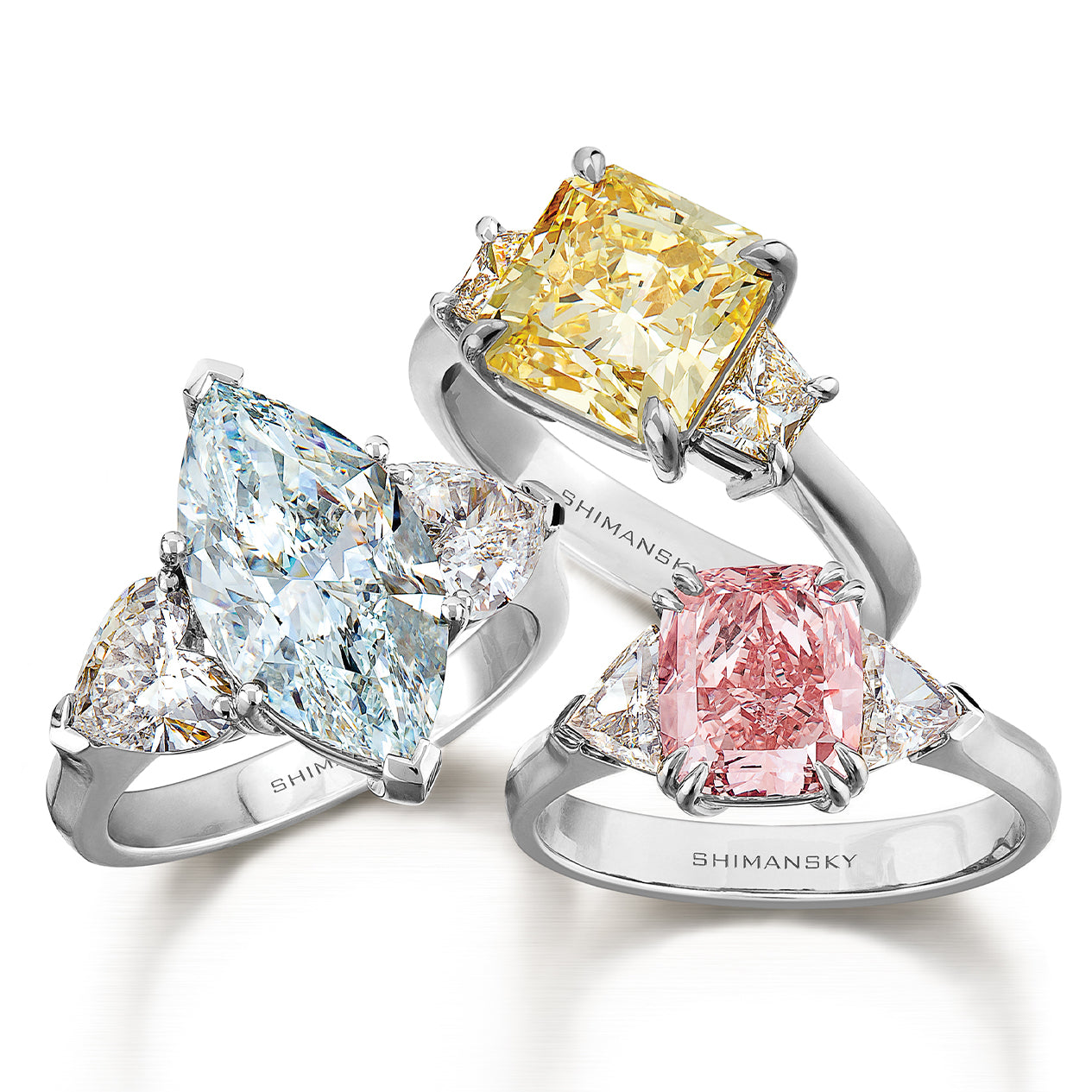
In addition to the D – Z colour scale, natural fancy colour diamonds such as deep yellows, pinks, greens and blues lie outside the white diamond colour range and are extremely rare and valuable. These natural fancy colour diamonds are graded according to the intensity of their colour.
The more intense and vibrant their shade, the higher their value. It’s important to note that a diamond with a yellow tint and a natural fancy colour yellow diamond are not the same. A white diamond with a yellow tint is subtler in colour, while a fancy colour yellow diamond comes in various shades of rich and vibrant yellow.
Each certified diamond’s colour grade is recorded on its accompanying certificate from the GIA, EGL or SGL. Remember to ask the store assistant for the diamond certificate when viewing a diamond.
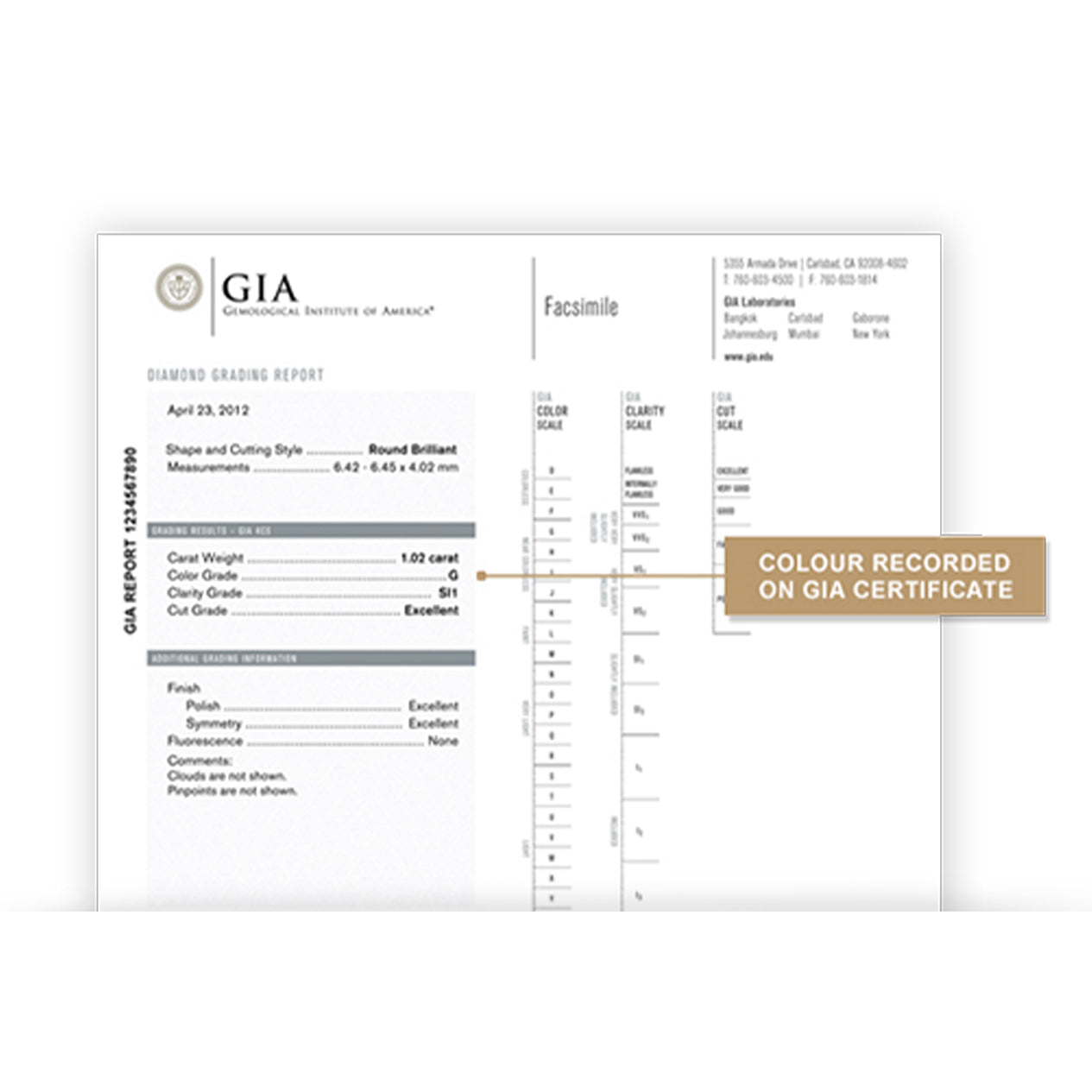
D: Absolutely colourless. The most rare and valuable. Less than 1% of diamonds mined worldwide are graded as colour D.
E – F: Also considered colourless, even though it is a minimal trace of colour that can only be detected by an expert gemmologist. Less rare than D, and more valuable than G – H.
G – H: Near colourless. To the naked eye these diamonds appear clear and colourless, although they also contain minute traces of colour. Less rare than E –F, but more valuable than I – J.
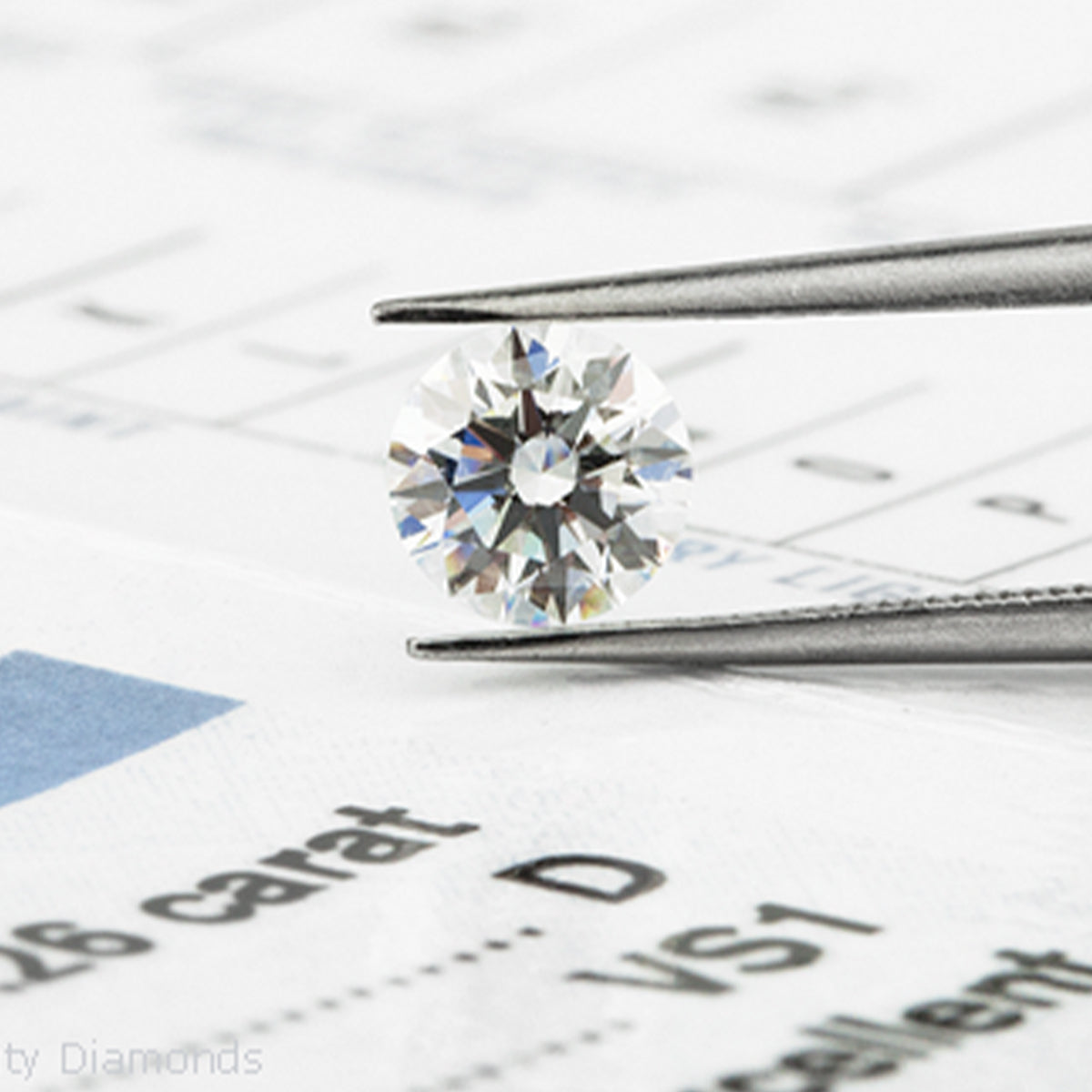
I – J: Near colourless with a faint tint of yellow. Less rare than G – H, but more valuable than K – L.
K - L: A faint yellow tint that is visible to the eye. Less rare than I – J, but slightly more valuable than M – N.
M – Z: A very light yellow tint, easily identified by the eye. Least valuable of the diamond colour grade.
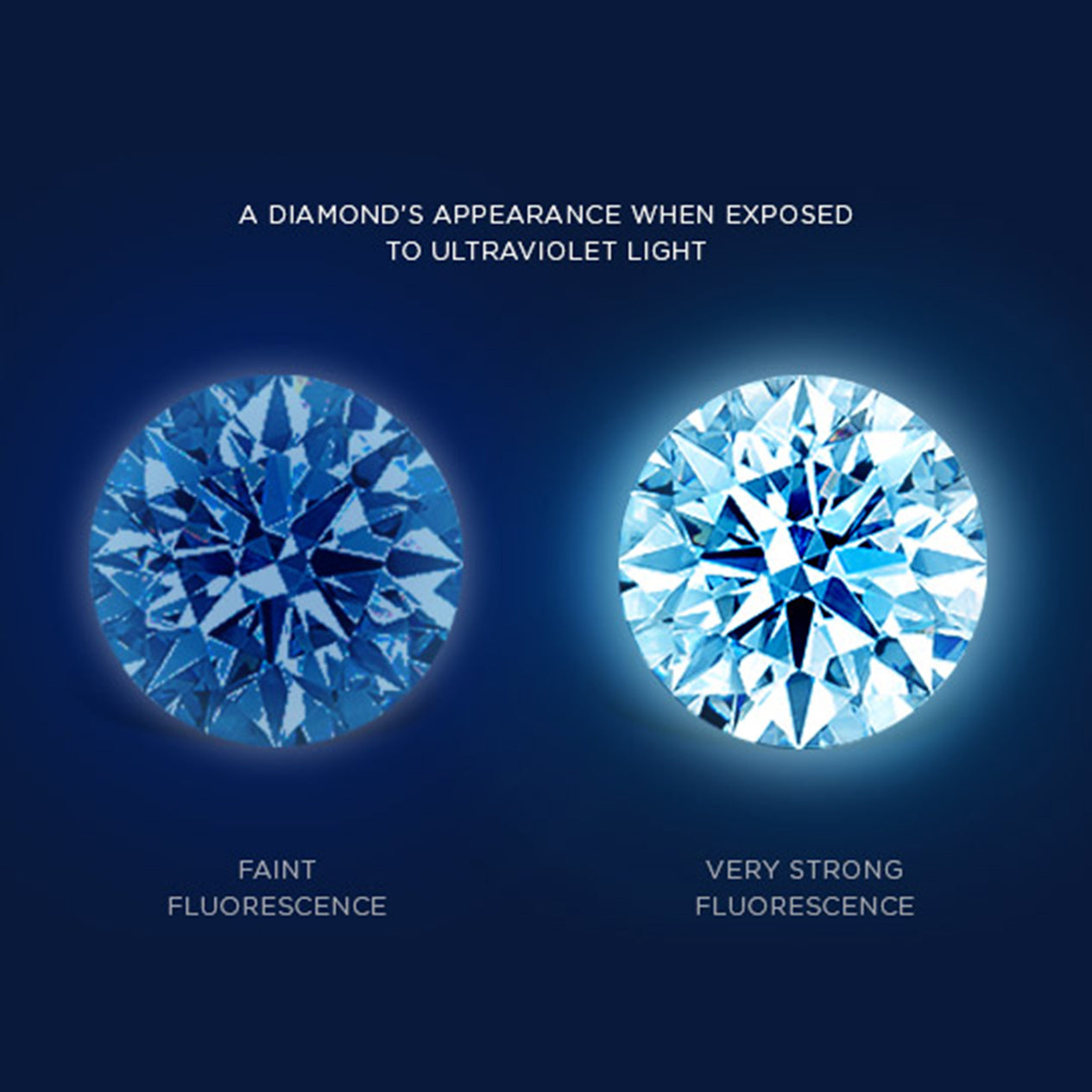
Fluorescence in a natural phenomenon affecting almost a third of all gem-quality diamonds. Often misunderstood, fluorescence is most simply described as a circumstance in which a diamond emits a soft-coloured glow when it is exposed to ultraviolet (UV) light.
We are exposed to UV light every day, through sunlight, and through the light produced by fluorescent lightbulbs. The characteristic of fluorescence is caused by the presence of Nitrogen and is a natural phenomenon – like colour, it is not determined by man’s manipulation of the rough gem.
When a diamond has fluorescence, there are two factors that should be considered:
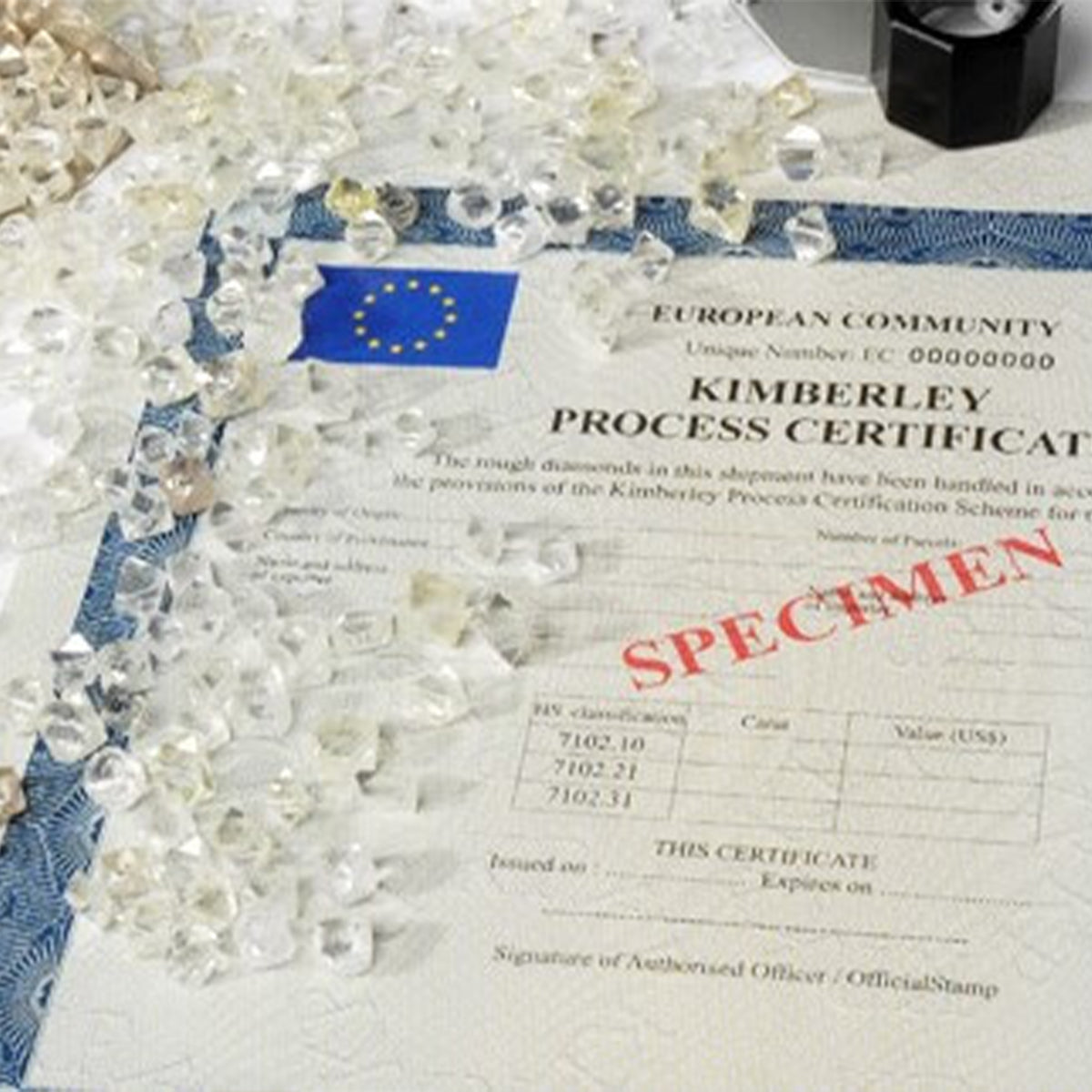
Colour: Blue is the most common colour of fluorescence (95%), with yellow being the second most common colour. Diamonds with blue fluorescence tend to appear whiter than their grading suggests. This is a good thing for the buyer, as the diamond will have the appearance of a diamond that is worth much more.
However, diamonds with yellow fluorescence appear more yellow in colour when exposed to UV light, which is seen as a negative aspect, as diamonds with a yellow tint are worth less than diamonds that are near colourless. It could thus mean that a diamond with yellow fluorescence looks like a diamond that has a low colour grading, even though its true body colour is actually of a high grade.
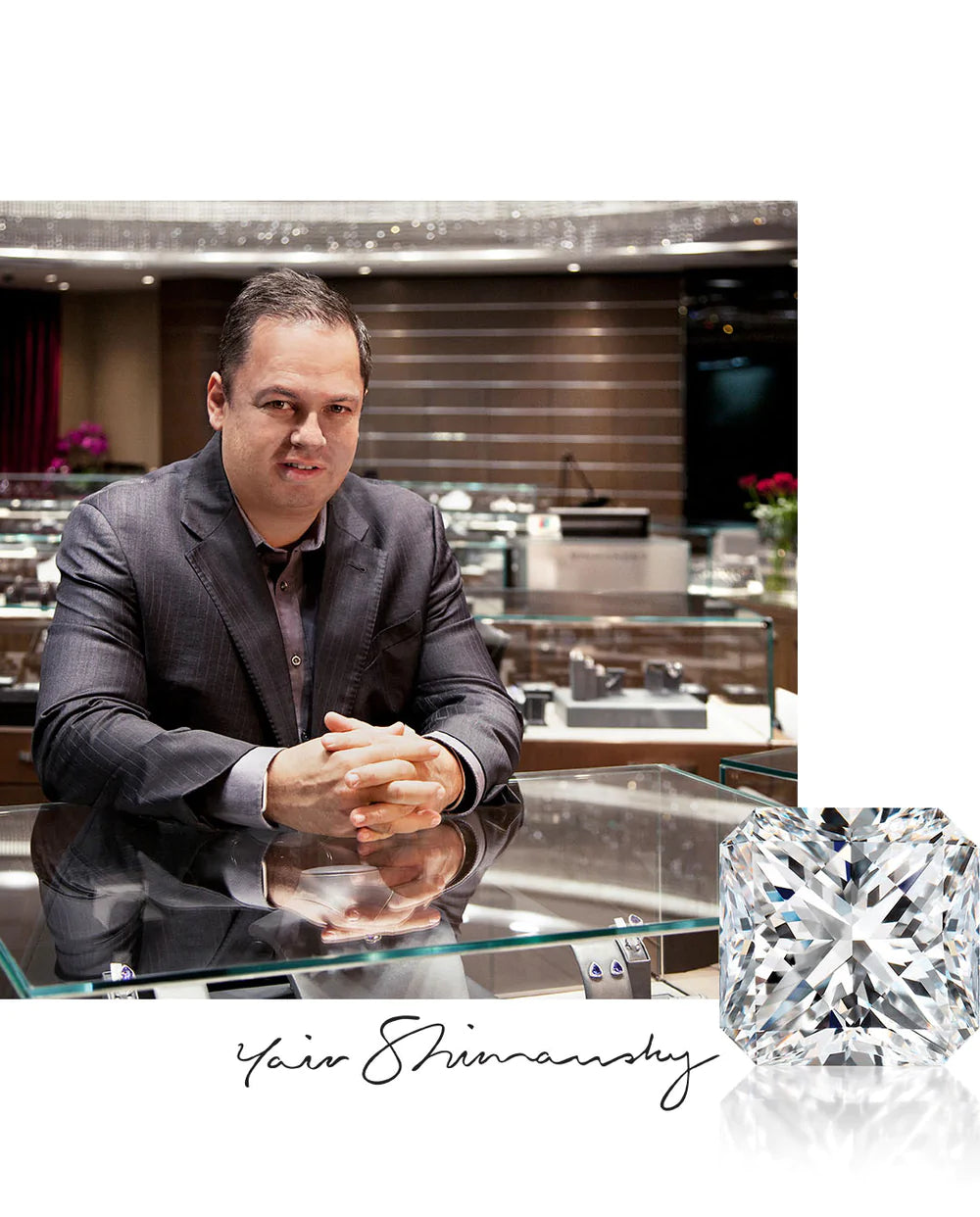
Strength: The strength of fluorescence varies from none, faint and medium to strong and very strong. Though some diamonds have very strong fluorescence and appear dull or cloudy even in regular lighting conditions, the majority of diamonds do not have a widely notable fluorescent appearance when looked at with an untrained eye.
Fluorescence affects the value of a diamond depending on its colour and strength. If there is a strong yellow fluorescence present, it may decrease the value of the diamond, while the presence of blue fluorescence may increase the value of a diamond that does not have a high colour grading (and thus has a yellowish tint).
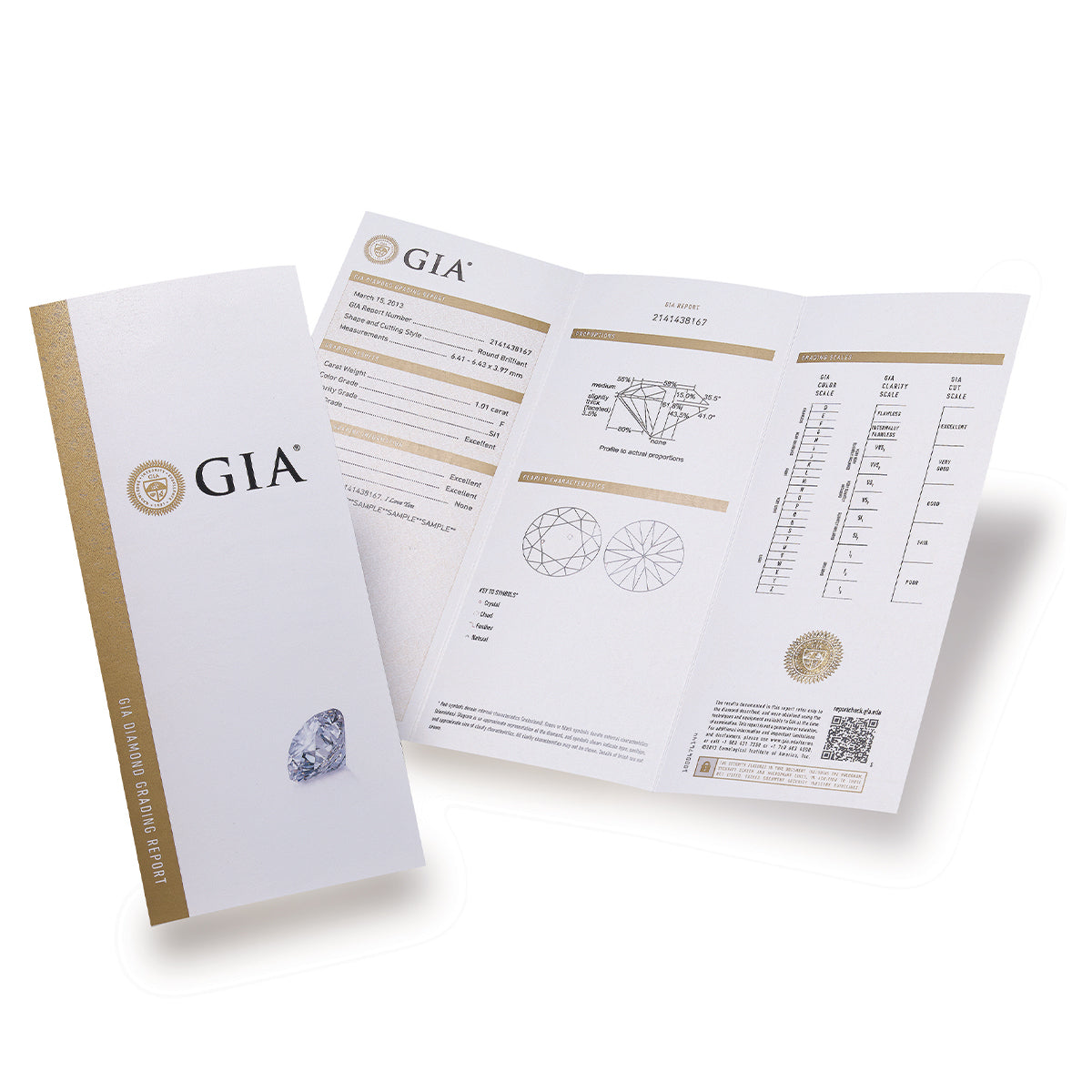
Diamonds certified by the GIA or EGL clearly state on their Certificates of Authenticity whether there is a presence of fluorescence. If the diamond does not have fluorescence, it will be marked as “none,” and if fluorescence is present, it will be noted as either “faint,” “medium,” “strong” or “very strong.”
Because fluorescence is a natural phenomenon, it cannot be judged in isolation. Each diamond is unique, and fluorescence thus affects it in a unique way. When shopping for a diamond, always be sure to look at its unique characteristics and qualities and make sure you understand the grading on its certificate.
The true value of a Shimansky jewellery creation is only realised when it is worn by the person it is meant for.
Featured collection
EVOLYM
